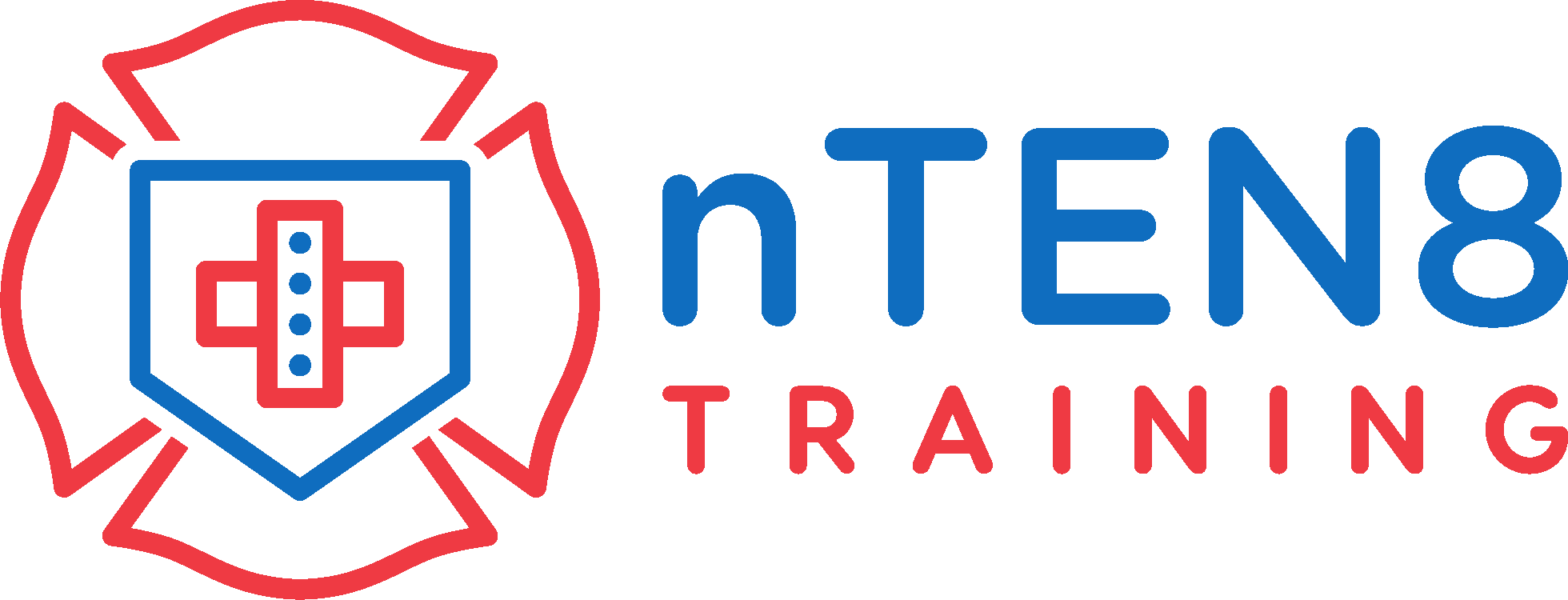Introduction to Working at Heights
Understanding the Risks: Learn about the dangers associated with working at height, emphasizing the importance of prioritizing safety to prevent falls and injuries.
Legal Terms and Requirements: Understand the laws and regulations governing working at height to ensure a safe working environment and compliance with standards.
Crucial Precautions
Personal Protection Equipment (PPE): Discover the importance of wearing the correct PPE, such as harnesses and helmets, to reduce risks and ensure safety when working at heights.
Equipment Upkeep and Inspection: Learn how to maintain and inspect equipment regularly to reduce accidents and ensure the reliability of tools used for working at heights.
Useful Advice for Performing Tasks at Height
Risk Assessment and Planning: Before starting any work at height, understand the importance of planning and risk assessment to identify potential hazards and implement preventive measures.
Secure Entry and Exit: Learn about the significance of secure entry and exit points when working at height to prevent accidents and ensure safe access and egress.
Lessons
Brief Descripiton of Working at Height
Module 1: Introducing Work at Height
Module 2: The Dangers of Work at Height
Module 3: The Work at Height Regulations
Module 4: Summary of Duty Holder's Responsibilities
Module 5: Employer's Responsibilities
Module 6: The Hierarchy of Control
Module 7: Avoiding Work at Height Wherever Possible
Module 8: Prevent Risk of Falls
Module 9: Minimise Consequences
Module 10: The Risk Assessment
Module 11: Course Summary





